
15. Caves
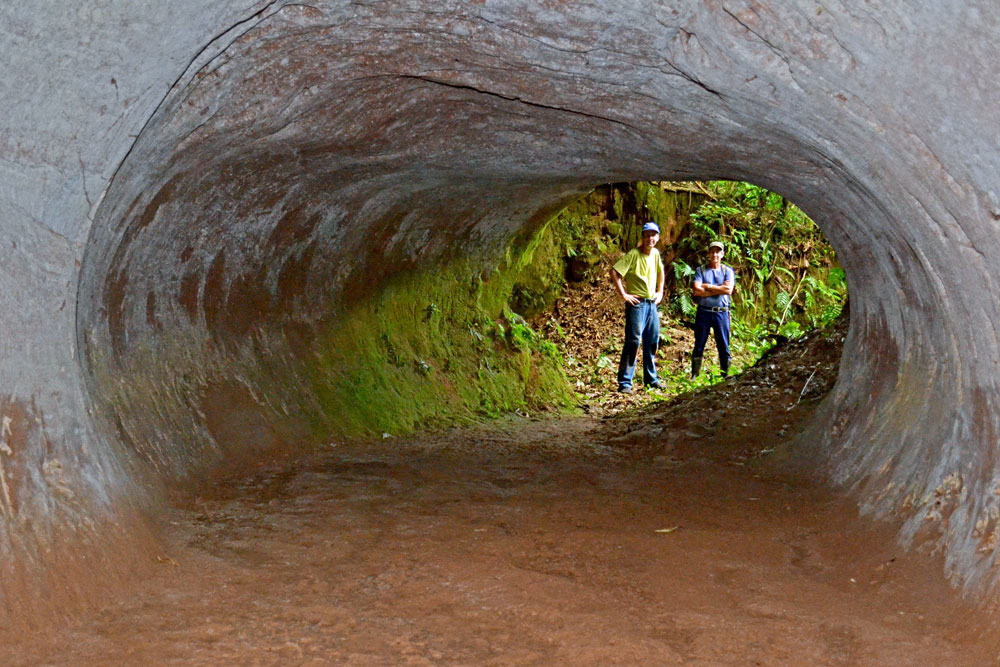
In Brazil, near the border of Bolivia, scientists discovered massive caves. When they realized these enormous caves weren’t made by geological processes, they started to wonder what kind of creature made them. The holes are large enough for an average sized adult male to stand up in, so whatever it was, had to be gigantic…
14. Rondonia
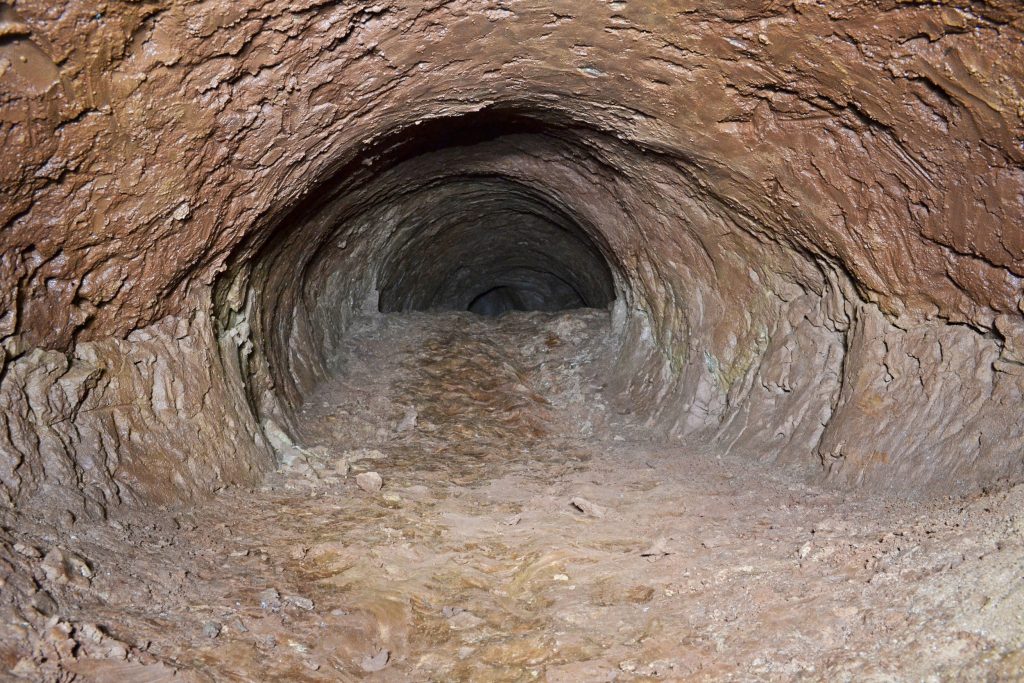
Deep within the Amazon, there is the Brazilian state called Rondonia. Rondonia is known for its vast rain forests, making it one of the densest areas in the region. Rondonia is where scientists discovered that the large caves were actually more like giant caverns that were almost tunnel-like. In fact, these caverns stretch nearly 2,000 feet into the ground.
13. Cave Markers

Scientists knew that these caves were unique because they had many different characteristics than the naturally carved caves near by. The floors are smooth and flat, while the walls are curved. They also found mysterious marks all over the walls which really puzzled them…
12. Cave Markings
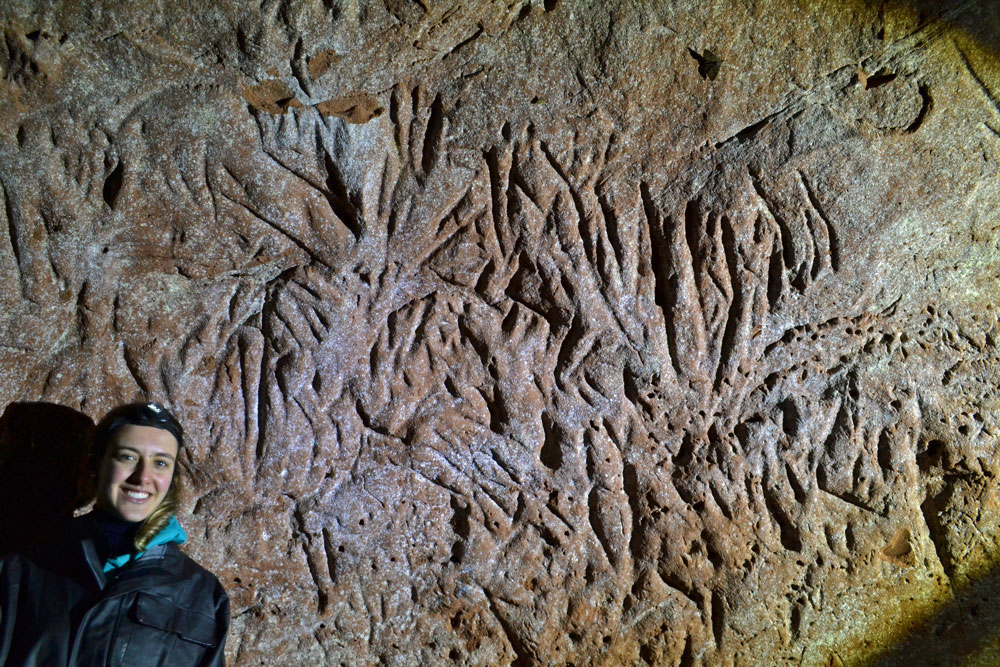
The markings really stumped researchers, because they realized they couldn’t have been made by any known tools. Upon closer examination, it finally dawned on them what created the markings. The only thing that could have created them, was a large clawed animal. The now extinct creature must have been massive to be making those size gauges…
11. Theories

Of course, the idea that a giant clawed creature previously unknown to man could have made these caves wasn’t a solid conclusion. They still had to figure out what kind of animal it was, and if they could find any other evidence of it. After pondering it for awhile and eliminating other theories, they finally decided the animal that clawed the giant caves actually has ties to a living creature…
10. Giant Sloths
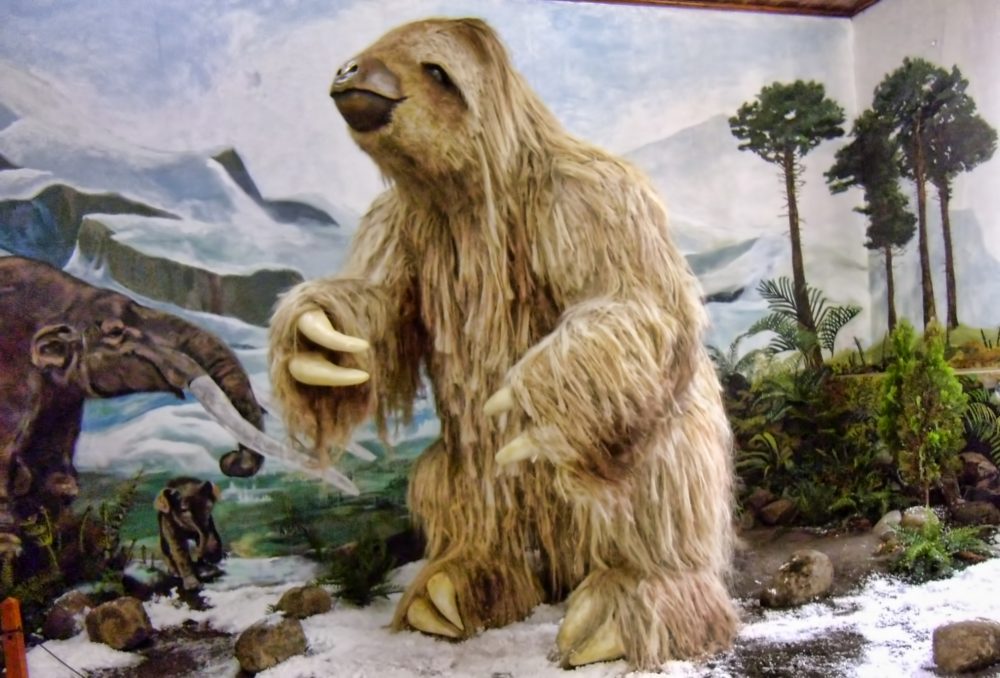
In the beginning, the popular theory that the animals were giant ground sloths, began to stick. The giant sloths would have died out around 9,000 years ago and were similar, yet very different than the modern day tree sloth. However, not everyone agreed with the giant sloth theory, some believed it was something much different…
9. Giant Armadillos
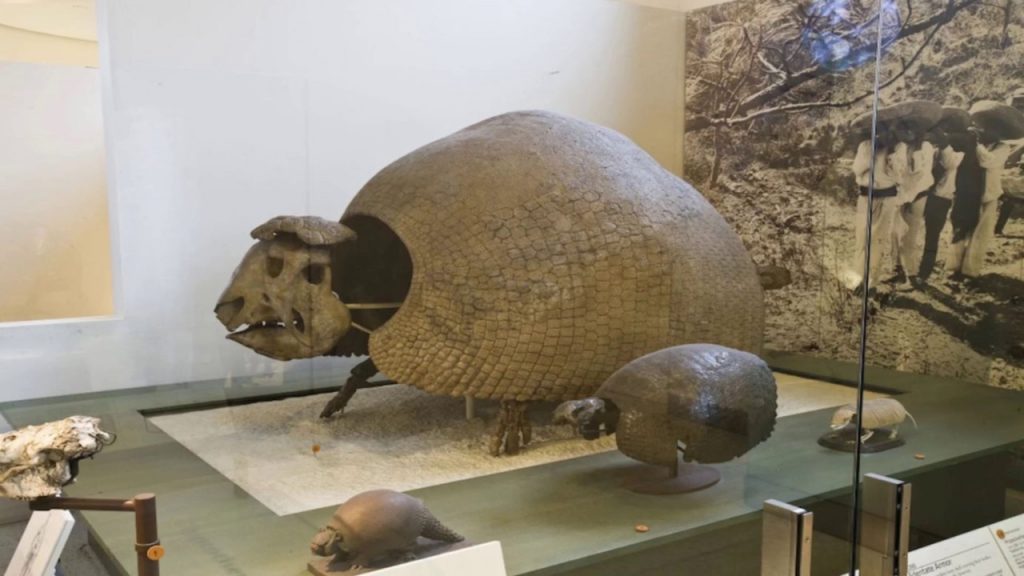
As scientists continued to study the caves, many began to believe it was actually giant armadillos that burrowed theses caves, rather than giant sloths. This theory began to take traction because armadillos are better adapted to create caves like this than the sloth.
8. Investigating The Theory
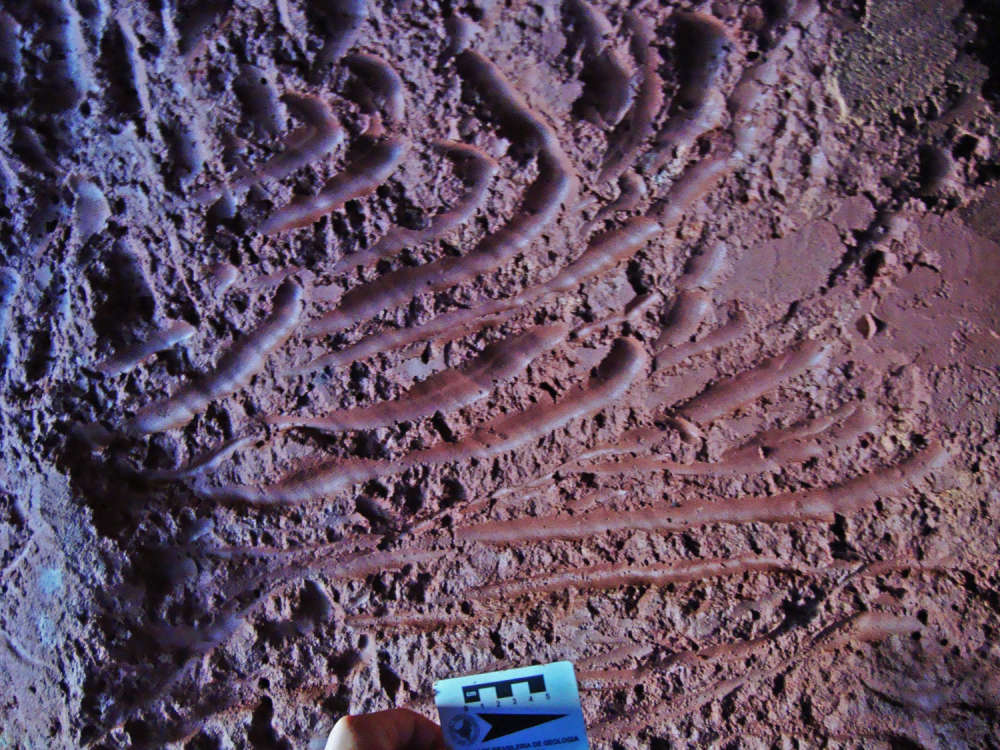
To analyze the Armadillo theory, even more, scientists measured the size of modern day armadillos and their burrow’s, to try and match the dimensions of their giant cousin’s. What they found arose, even more, questions as the size, even for the ancient giants, just didn’t match up. It turns out, the caves they found were much too large for the giant armadillos of our past.
7. Team Stumped
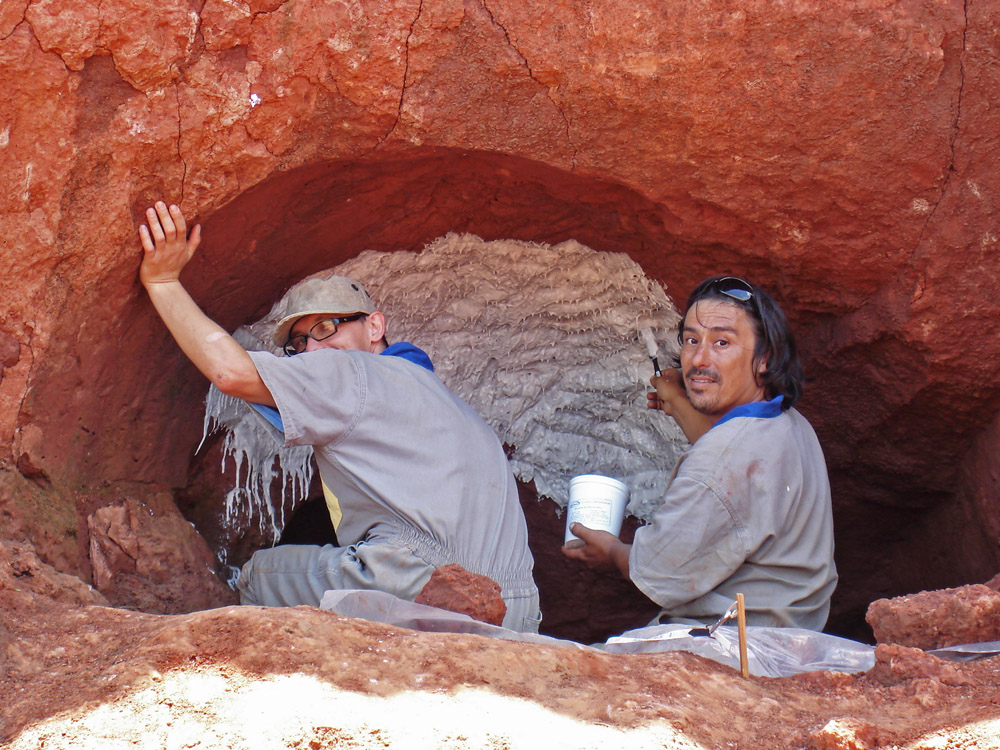
One of the team members, Heinrich Frank, spoke to Discover Magazine about why the caves couldn’t have come from either animal,“So if a 90-pound animal living today digs a 16-inch by 20-foot borrow, what would dig one 5 feet wide and 250 feet long? There’s no explanation – not predators, not climate, not humidity. I really don’t know”. The mystery continued to bring more questions than answers.
6. What Could It Be?

The giant caves proved to be rather interesting because they were bigger than any known creature would have needed for protection. It’s almost as if people dug them out using specific tools, but of course, the timeline for the creation of the caves is way off. This mystery has even the most experienced completely puzzled…
5. Just When They Thought They Knew

They were now facing more challenges than ever, considering they now had the difficult task of determining the age of the caves. Although they thought they had a rough estimate, it was time to try and narrow down the specifics if they ever wanted to have a chance at solving this mystery. They had to start somewhere, so they began studying what the creatures left behind…
4. Sediments

Whatever the creatures were, the scientists knew that it was likely they left evidence behind that they could uncover. They started by testing some of the sediments from the cage, but it would only confirm when they were deposited in the cave. It would give them more information, but still not enough…
3. Next Step

The next logical step was to test the mineral content in the walls of the cage, to get a better idea of what geological stages the earth went through. The only issue is, tests like these take time and money. As of right now, neither option has been completed…
2. The Strangest Question Yet

As if all of the baffling questions thus far haven’t confused scientists enough, there was one last question haunting the team that discovered these wonderful yet mysterious burrows and it has caught the attention of many…
1. Geographical location

The geographical location of the burrows is perhaps the most perplexing element of the whole discovery because it’s what makes them so unique. They haven’t found any other burrows like this on earth–not even in the near by surrounding areas. The unique qualities of these burrows continue to fuel many people into studying these wonders. Although no paleo-burrows have been found in other places, the new interest in their origin will hopefully bring about new discoveries and information on our planets evolutionary history.








